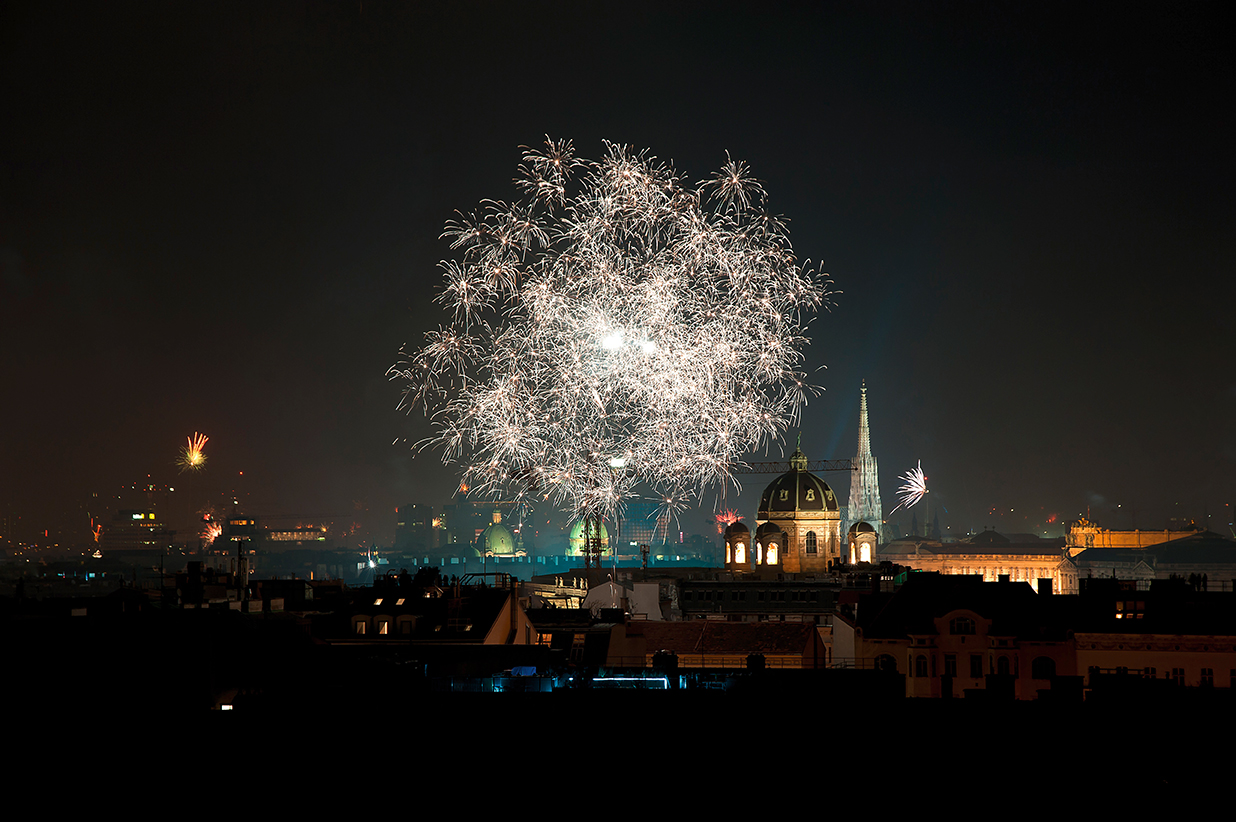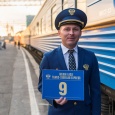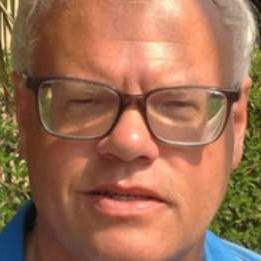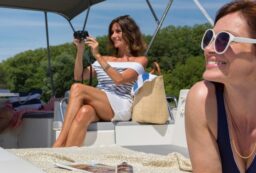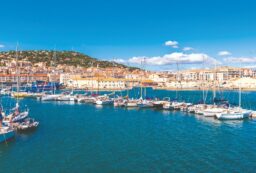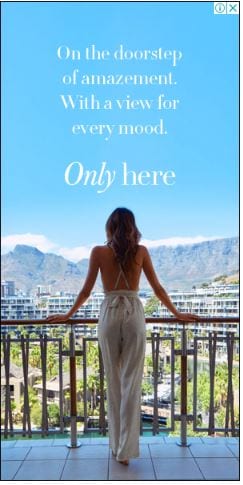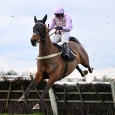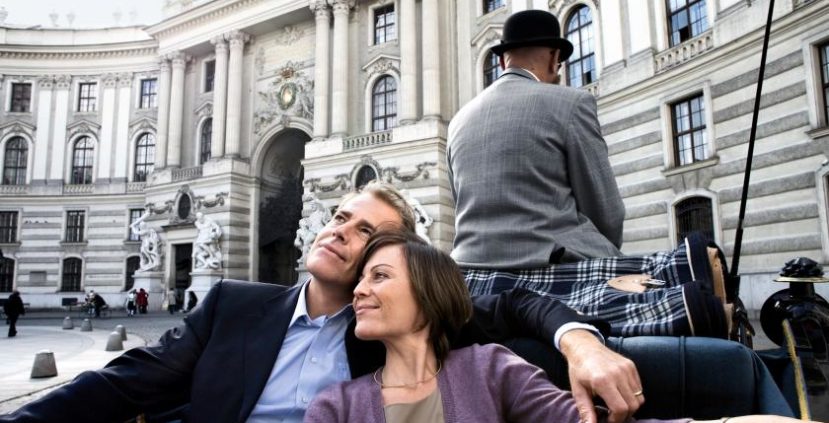
From the vast picture windows in spacious cabins, passengers see a panorama of the Danube’s history: hill-top castles, medieval monasteries, the Visegrád mountains and centuries old vineyards. But bin that romantic cliche of the “Blue” Danube. That was pure poetic licence from Johann Strauss ll, the 19th century one man hit-machine, the composer who provided the waltzing soundtrack to Vienna’s heyday.

Even though the Danube is far more green than blue, reflecting green hues from woodland on the banks, the river still has achingly beautiful serene vistas. In the 1950s a whole genre of romances, soft-focus filmed around Austria’s Wachau Valley, brought the Danube to the world’s attention.
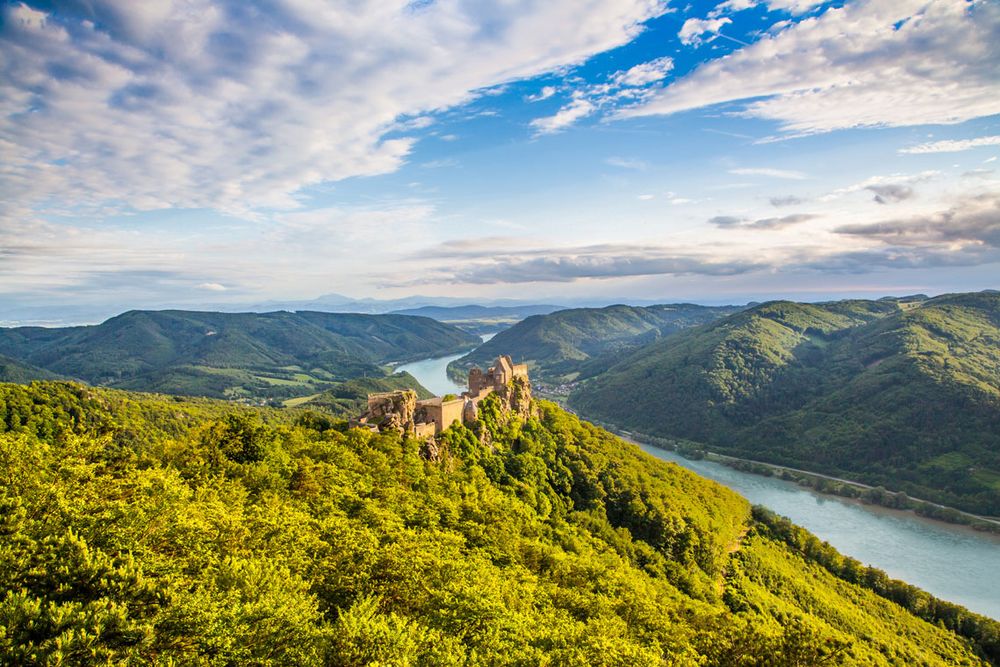
We love our city breaks but how decadent it is to string three cities together back-to-back. The A-ROSA Donna’s Danube Highlights Cruise, starring at Engelhartszell in Austria, takes in Vienna, Budapest and Bratislava on three successive days. Then, as an antidote to urban burnout, there is a walk along the Danube to the medieval village of Durnstein and a trip to the Baroque glory of Melk Monastery.

Sehnsucht. That’s a good word to use in Vienna. It’s a feeling of longing, craving or yearning. In Vienna’s case, it is a sense of loss at once having been the glorious imperial capital of a Habsburg empire of some 55 million souls. A statue of a grand 19th century admiral personifies sehnsucht. Post World War l, Austria was punished for being on the losing side, downsized by the peace treaties to a much smaller land-locked country – without a navy. During the Cold War, Vienna, initially divided into four zones as Berlin had been, lived an edgy existence, too close for comfort to the barbed wire of the Iron Curtain. The city became a quiet cul-de-sac of the western world.
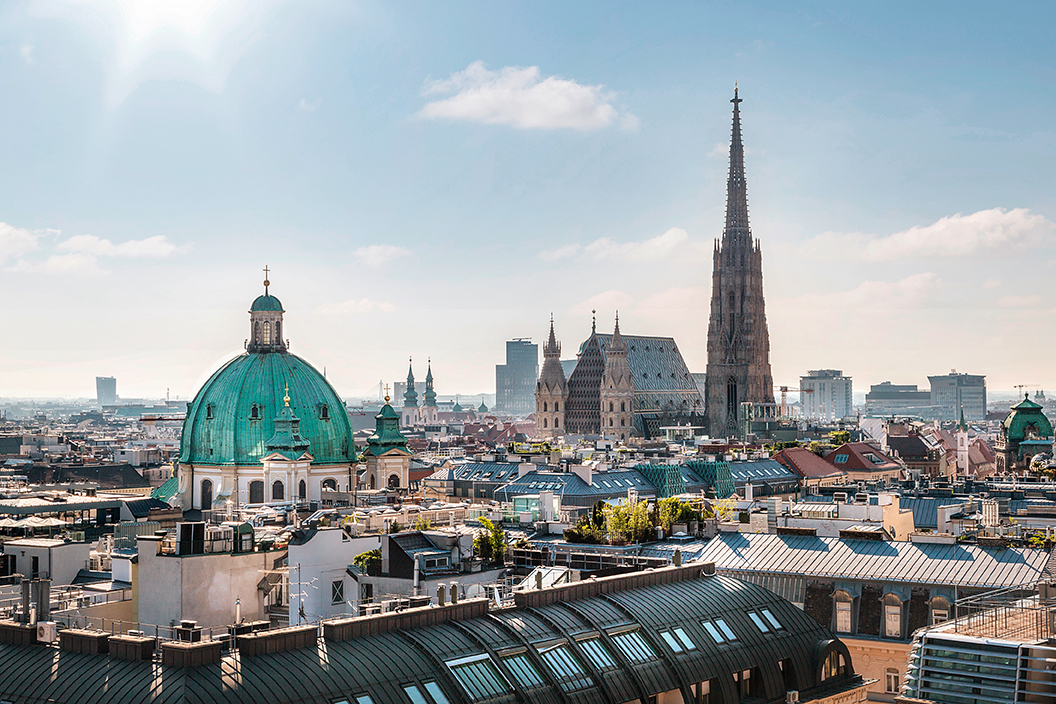
In 1900, Vienna had a population of 2 million and Emperor Franz Josef foresaw a powerhouse of 5 million people. Today, even though Vienna has four opera houses and three orchestras, the population is just 1.8m. And the once grand Habsburg Empire has dissolved into 12 different states. Gone are the waltzing days when pregnant ladies were so keen to keep dancing, until that first contraction, that one grand dance hall had 19 birthing rooms.

Sachertorte is another good word in Vienna, a chocolate cake devised for a prince. Vienna has a stylish cafe culture, a legacy from waves of caffeine innovation from the Ottoman’s Turks in the east rather than from Starbucks in the west. The Viennese prefer their coffee short and bitter rather than tall and milky. Those Ottoman invasions shaped Vienna. After Prince Eugenie of Savoie’s military genius had repelled the Turks in the late 17th century he had the funds to build the Belvedere Palace. Returning from war, he was so underwhelmed by the first Belvedere Palace that he told his architect to start afresh on the Upper Belvedere Palace. Some attitude for a man who was told by Louis XlV that he was “too ugly” to command an army. When you’re a Sun King you don’t have to be politically correct.
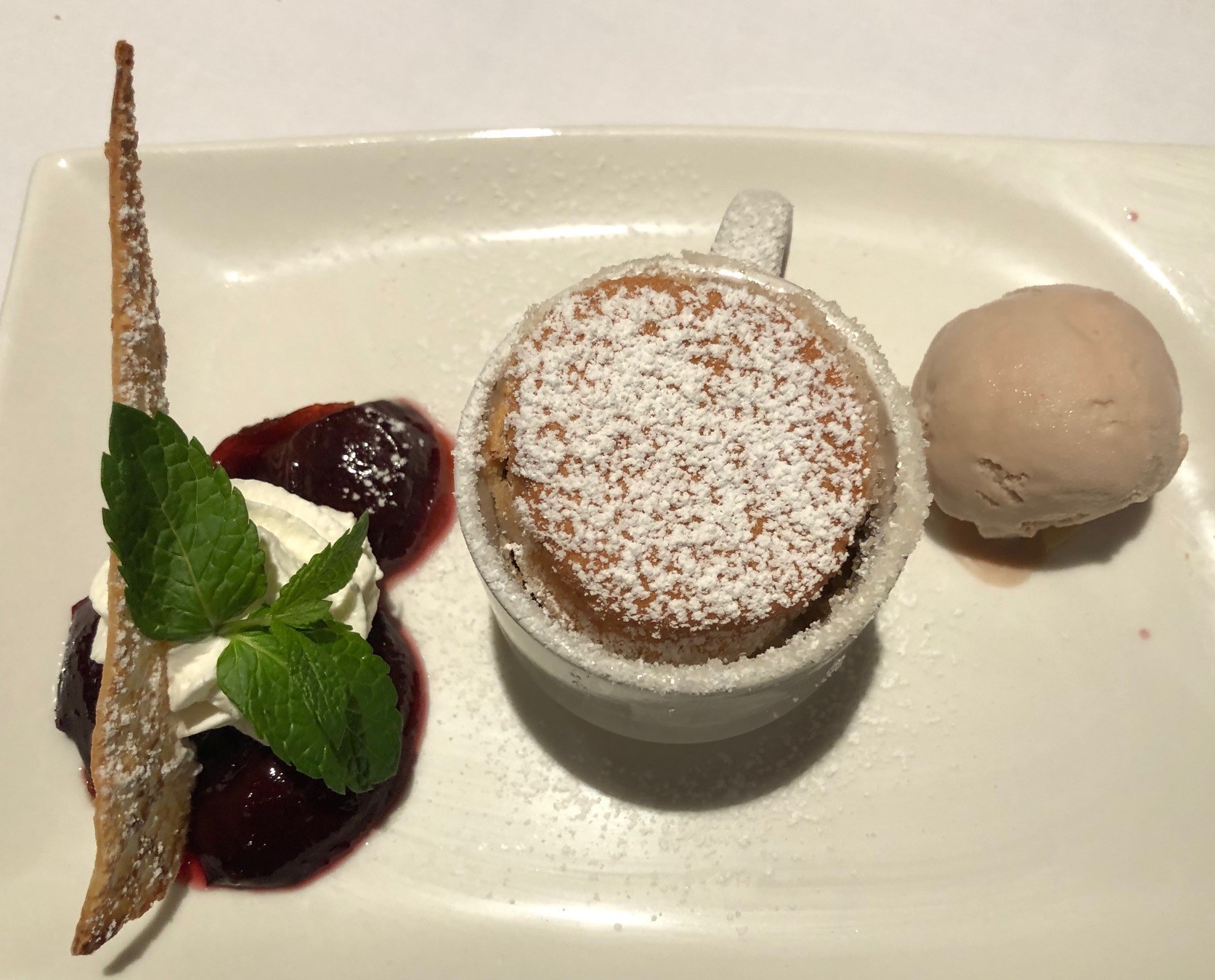
Vienna does palaces like no other country. The vast Schönbrunn Palace with 1,441 rooms makes Louis XlV’s Versailles, with a mere 700, look like a starter home. Sculptures of two globes topping the Hofburg Palace symbolise the Habsburg dynasty’s aspiration, they would rule both Earth and Heaven. As Simon Winder wrote, “sexual failure, madness or death in battle” accidentally tipped kingdoms, dukedoms and a random selection of medieval counties and fiefdoms into the Habsburg’s laps. Winder’s book “Danubia” should be your sun-deck reading as the A-ROSA Donna slices through the surprisingly silky waters of the Danube.
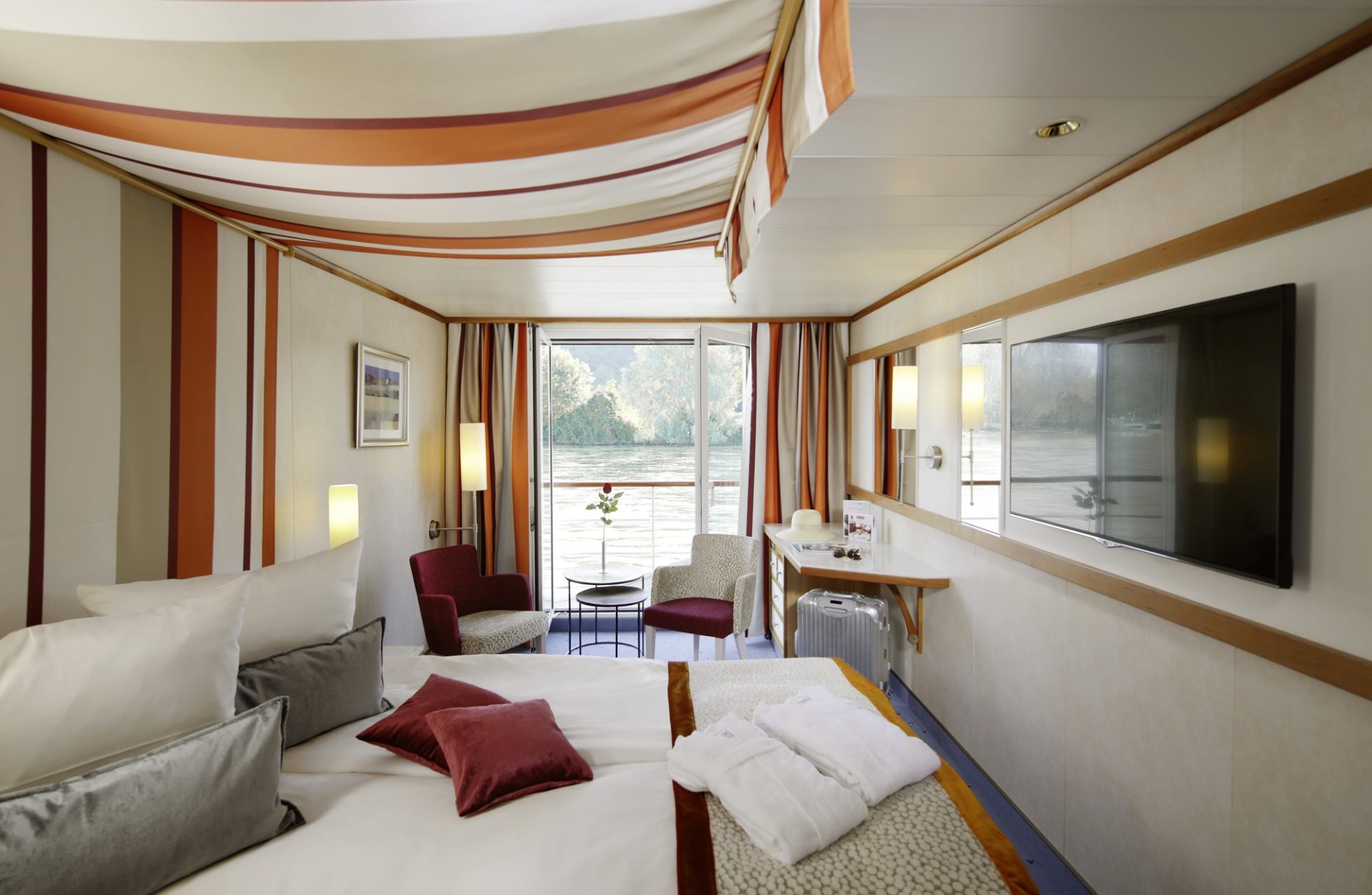
Just because the Hofburg is Austria’s Presidential Palace, does not necessarily mean that Austria has a president. After an inconclusive proportional representation election the parties cannot agree on a compromise candidate. Our tour guide’s frustration is palpable. Meanwhile, the immaculate white dressage horses at the Spanish Riding School, look unperturbed by a few political shenanigans, as they have for the last five centuries. Every horse is looking forward to it’s annual six weeks of holiday on a rural farm.
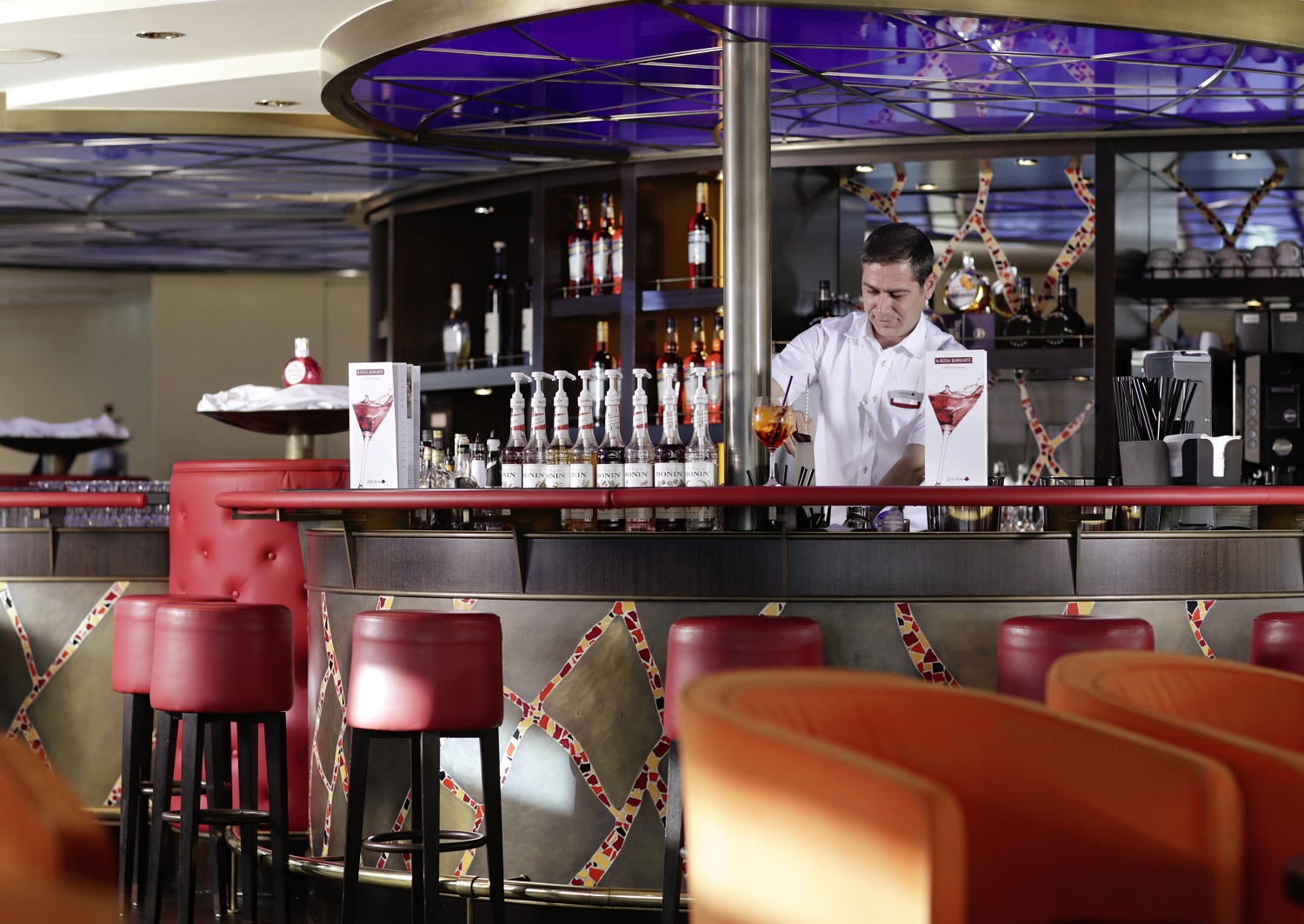
Back on the A-ROSA Donna, we have opted for Exclusive Fine Dining as we sail away from Vienna and appropriately it is the Sissi menu. Sissi was Emperor Franz Josef’s wife and a prototype binge-eater / fad dieter with major dietary issues. Determined to maintain her 18-inch waist, but addicted to sweet treats such as sachertorte, Sissi had her own private gym and between binges sometimes just existed on orange juice. In reality, Sissi would have probably just nibbled at our five course tasting menu, paired with four Austrian wines, but for the passengers it’s a regal occasion inspired by the dining traditions of the Hofburg Palace and Viennese cuisine.
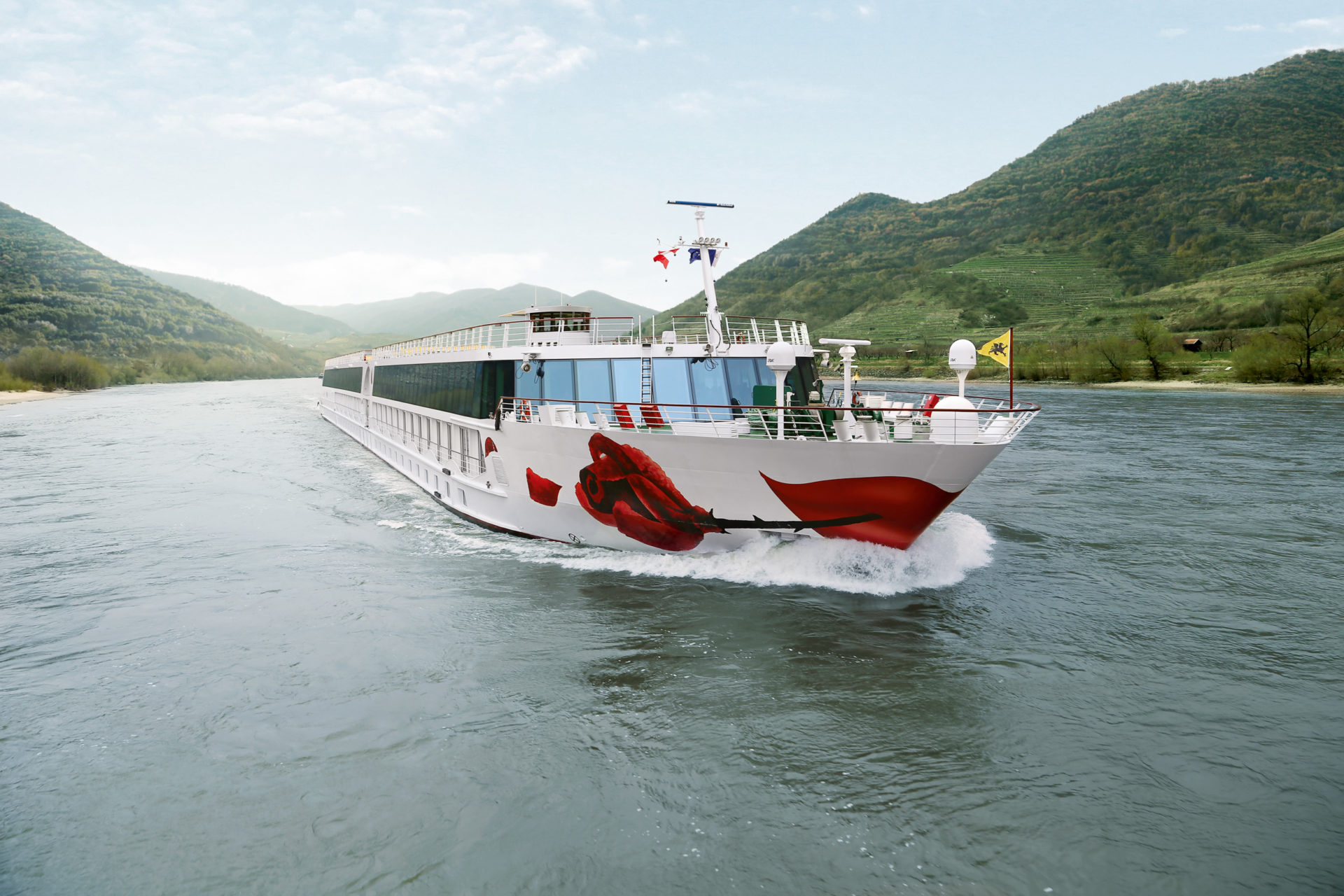 As the A-ROSA Donna cruises on east through the evening, passengers relax without worries of boarding cards, security and unpacking: perhaps having a night-cap in the lounge, maybe even taking to the dance floor. By lunchtime on the next day they will be ready for their next city break, arriving in Budapest, Hungary’s capital, ready for more adventure and exploration. But that’s another story for another day.
As the A-ROSA Donna cruises on east through the evening, passengers relax without worries of boarding cards, security and unpacking: perhaps having a night-cap in the lounge, maybe even taking to the dance floor. By lunchtime on the next day they will be ready for their next city break, arriving in Budapest, Hungary’s capital, ready for more adventure and exploration. But that’s another story for another day.
